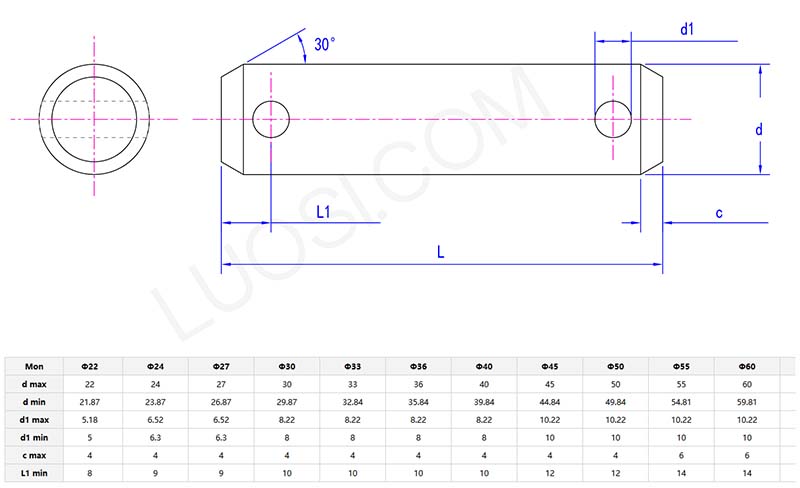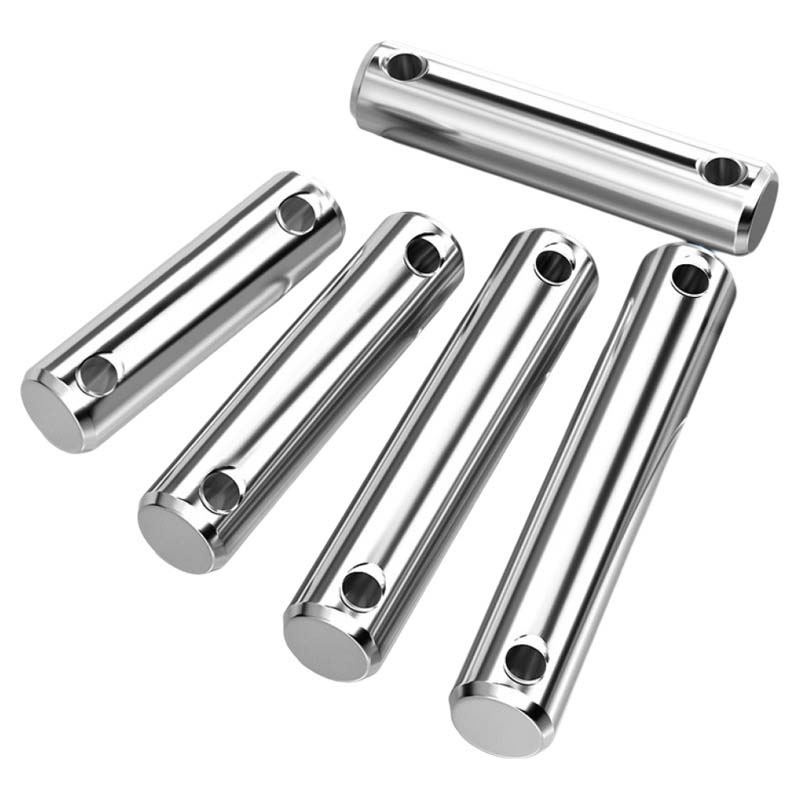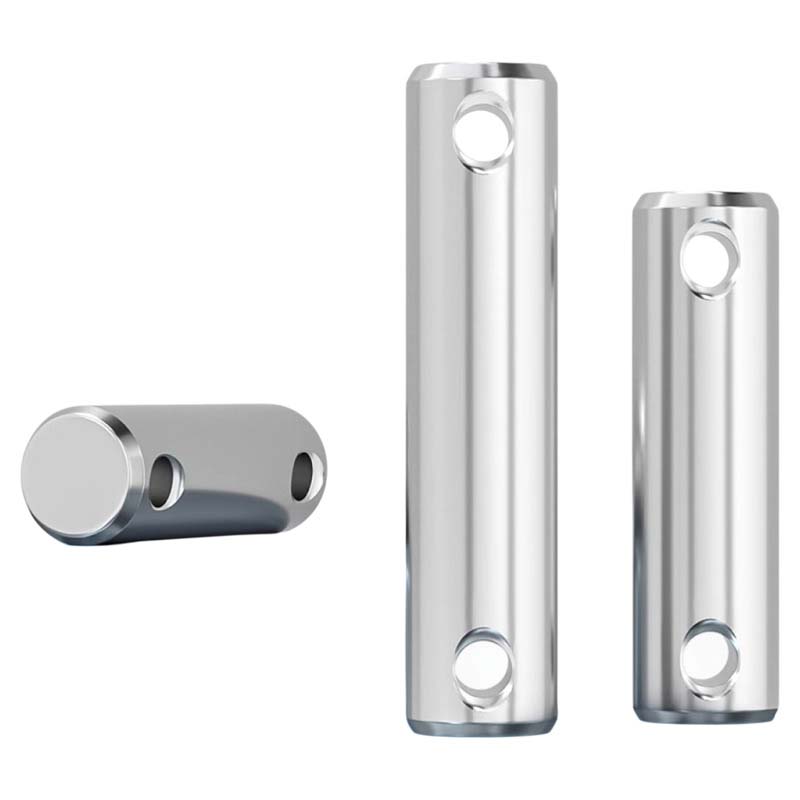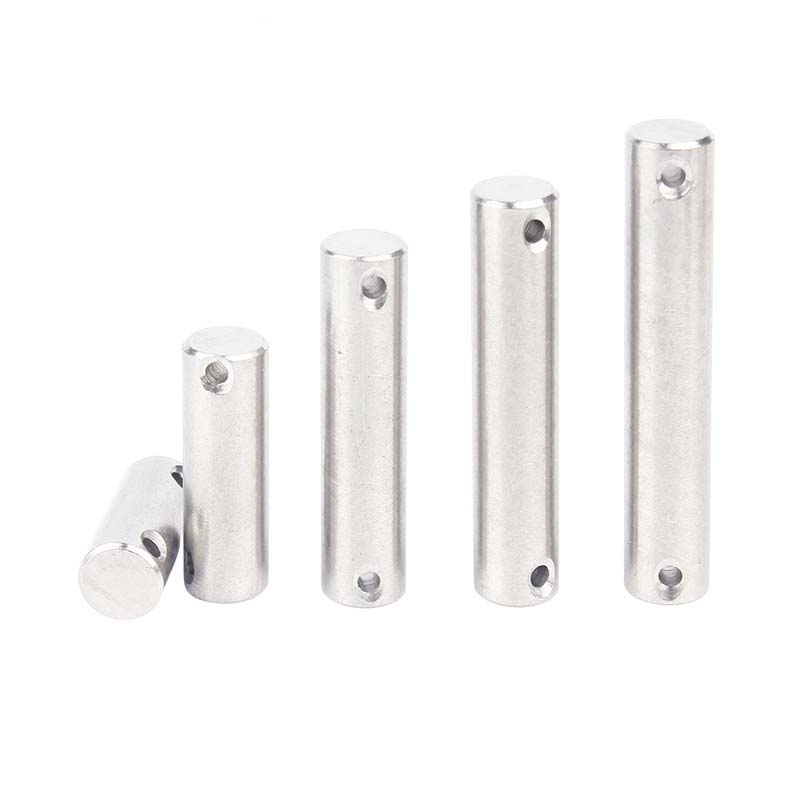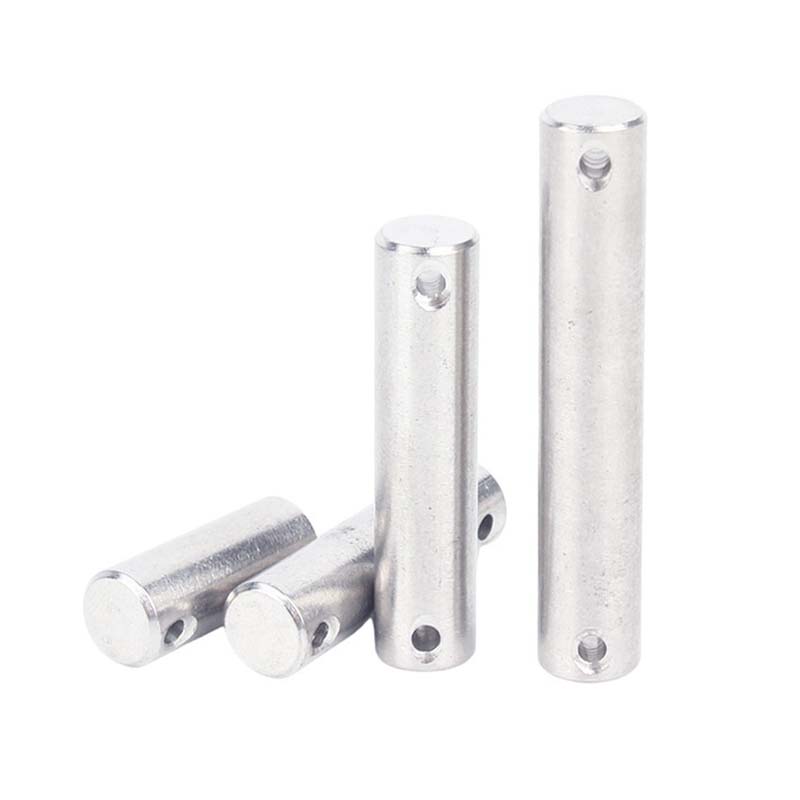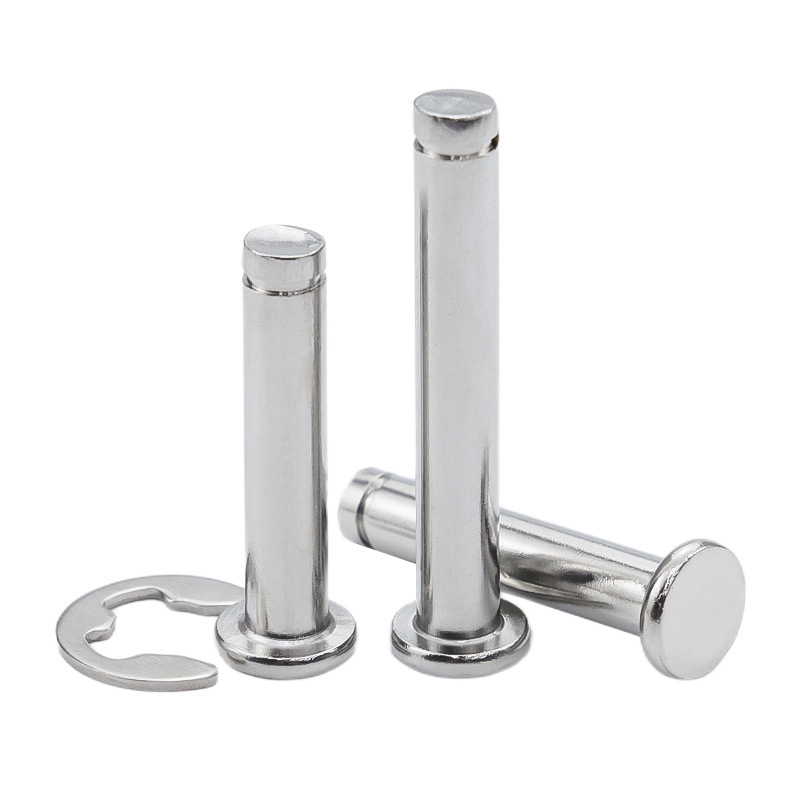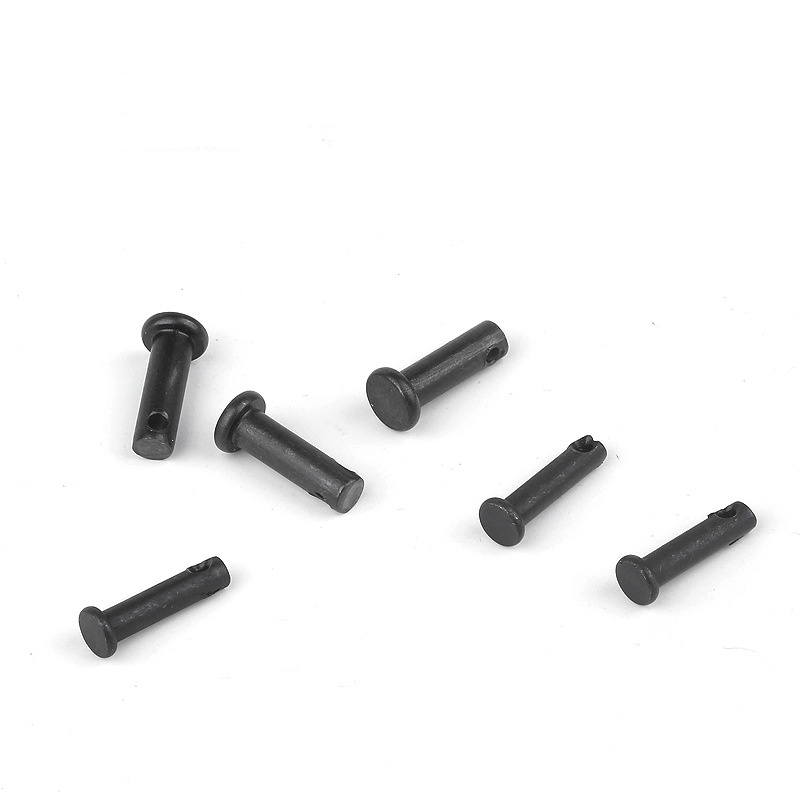Headless Pin
Send Inquiry
The headless pin is useful because it has a simple, no-head design and works really well mechanically. Not having a head makes it lighter and stops it from bumping into nearby parts, which is important in fields like aerospace and robotics.
The pin without head has a simple design, no head, and holes at both ends. It has very good mechanical properties and a simple design. The headless design makes it lighter and prevents it from colliding with surrounding parts. It can be used in aerospace and robotics.It’s made with very tight precision (±0.01mm), so it lines up perfectly in gear systems and parts that spin. The way it touches more surface area than regular pins helps it handle vibrations better. You can get it in fully hardened or surface-hardened versions, and it can take shear forces up to 1,200 MPa. For factory assembly lines, its symmetrical shape lets machines (like vibratory feeders) insert it quickly. All these things make the pin without head a cheaper, better option for situations where you need reliability in tight spaces.
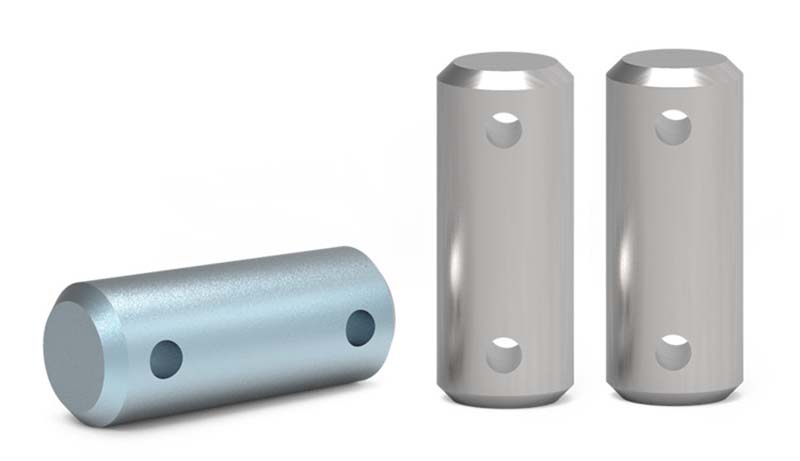
Install
Installing the headless pin needs a controlled tight fit,you want it 0.02 to 0.05mm smaller than the hole. Use cold treatments (cryogenic cooling) or heat (induction heating) to get the right fit. For maintenance, regularly check with eddy current testing to spot any hidden fatigue inside the pin. If it’s in a lubricated system, reapply compatible grease (NLGI #2 lithium-based) every 5,000 hours of use.
If the pin has a coating, don’t use alkaline cleaners that are more basic than pH 9.5,they might damage the coating. When storing, keep them in environments with controlled climate (humidity below 60%) and use VCI packaging to prevent rust. If you need to replace a pin, use hydraulic collet pullers to remove it without damaging the surrounding material. Following these steps ensures the pin meets ISO 9001 standards and works well for its full 10-year design life.
Customization
Q: Can headless pin be customized to non-standard diameters or lengths for unique applications?
A: Pin without head can be easily customized in diameter, length, and tolerance to fit special machinery or update existing setups. Manufacturers often tweak dimensions (like diameters from 3mm to 30mm) or add threads based on what clients need. Even for small batches, they use CNC machines to make sure every pin is the same. Just give detailed drawings or specs, and they’ll make sure the pins match your project’s mechanical needs,so they fit smoothly without weakening the structure.
